Thus far, I've made 34 observations on 30 different rattlesnakes in the 2010 field season. Two of these individuals were snakes I'd seen in the past few years and helped aid in my analysis of a few separate sites. In the early part of May, my girlfriend and I took a walk on a trail in the early morning and managed to encounter two adult rattlesnakes, both of which appeared to be gravid females. One was in shed while the other was a very dark coloration, almost borderline melanistic (more on that later).
To give a rough idea of what I'm talking about, here's a aerial photo with a few polygons on it. Each time I've encountered a snake I've seen before, I enter the GPS coordinates of the spot it was found at. This automatically adjusts the shape of the polygon to the minimum area this snake has covered. It's cool to see overlaps in the home ranges of these snakes. Here's three individuals that I've seen over the past few seasons.
GIS analysis and mapping has aided in identifying clusters of data points which in turn provide an idea of activity centers by looking at these points overlayed on an aerial photograph. With the help of this, I've been able to identify significant sites where rattlesnakes seem to concentrate and different times of year. One area of particular interest is a small meadow which is bordered by a fen on one side and stream on the other. This site appears to be a significant site for gravid females & neonates.
Since June, I've observed three gravid females mulitple times in this small meadow as well as a handful of yearlings. Here's some shots of gravid females & yearlings from the past few months in the small meadow.
Since June, I've observed three gravid females mulitple times in this small meadow as well as a handful of yearlings. Here's some shots of gravid females & yearlings from the past few months in the small meadow.
I've also been monitoring a large grassland complex at another site where I've observed at least four different snakes. Most have been found basking in open grassy patches in the morning while others have been found tight to shrub cover in the late afternoon. I've even had instances where I've found snakes basking right along the grassland edges on trails or two-tracks that bisect the grassland.
Most of the time these snakes avoid mowed grass or roads. But occasionally they do wander onto these areas. Most people will never encounter an Eastern Massasauga on a roadway. But in parks, preserves, or state game areas where they occur, it is mindful to keep a watchful eye in the unlikely event that one crosses a road.
Until next time...


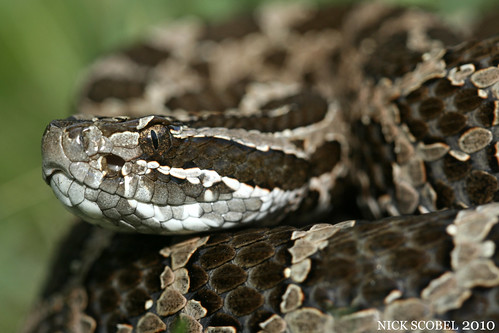

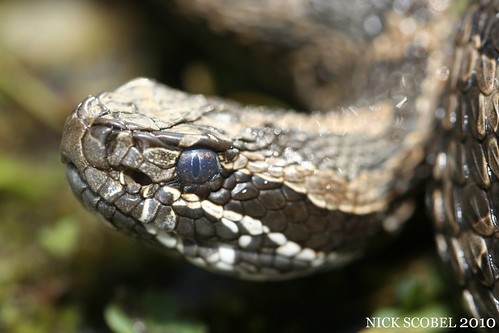
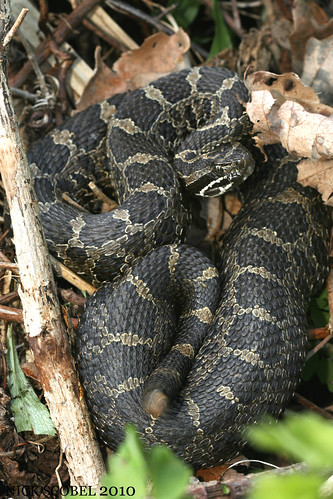

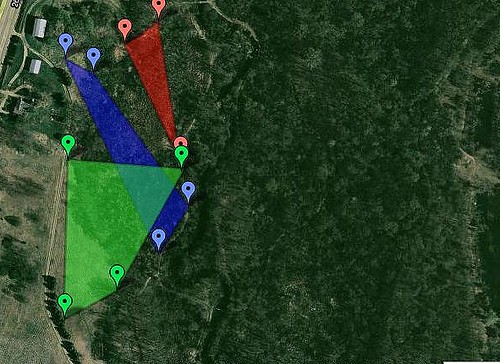
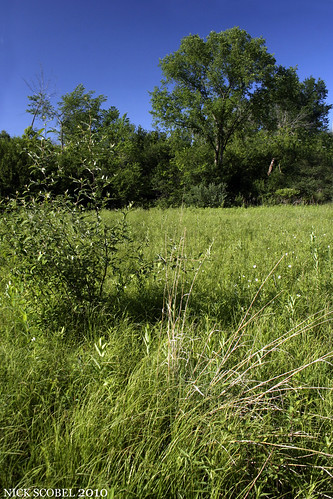
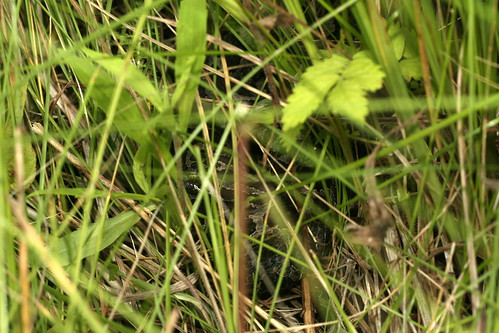


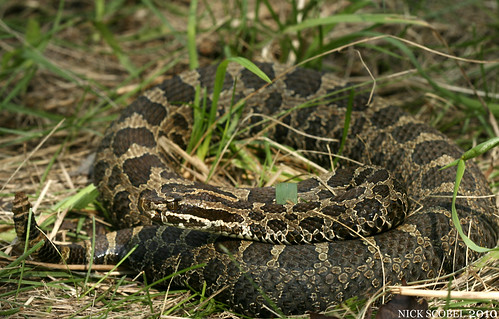
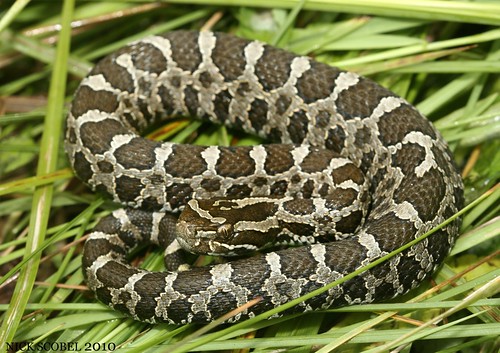

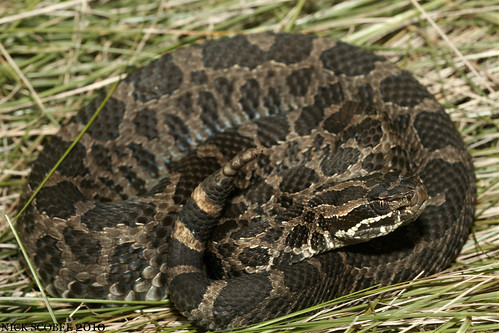

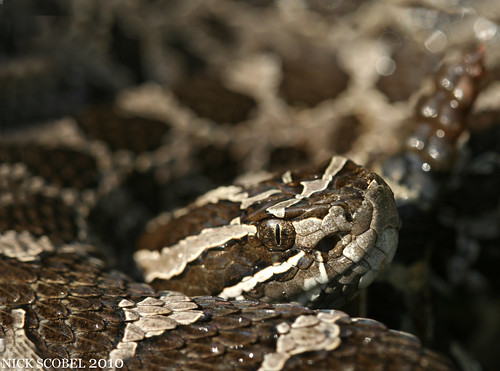
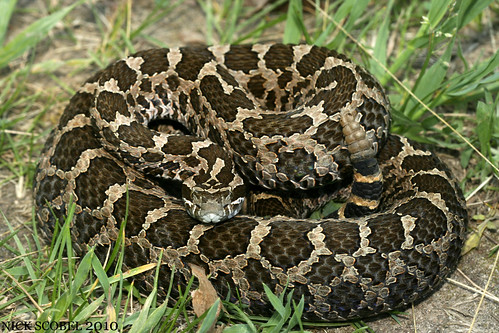

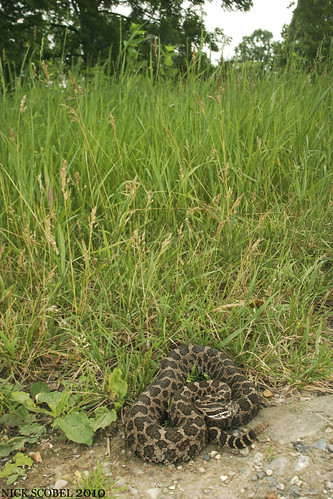
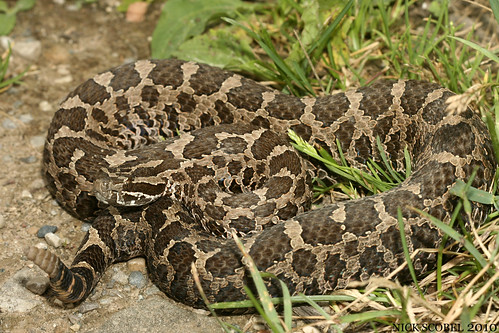

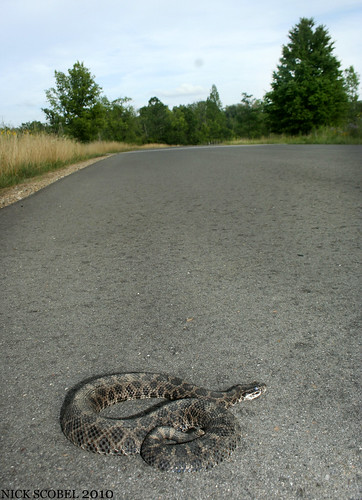
Dear Mr Scobel,
ReplyDeleteI am a lifelong naturalist and professor of Biology at the University of Indianapolis. I would love to encounter one in the field if you have a recommended location ( I understand if you don't post general locations on the web.)
Best wishes,
Doug